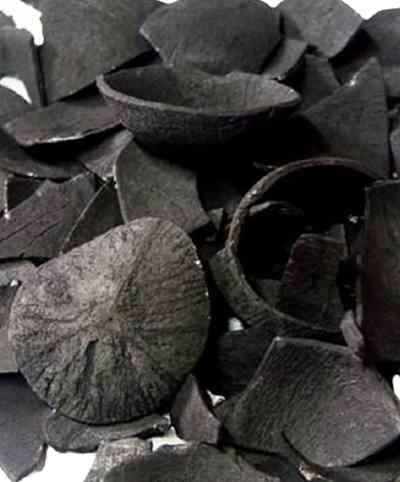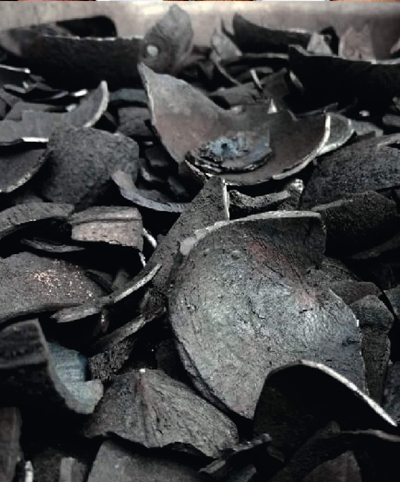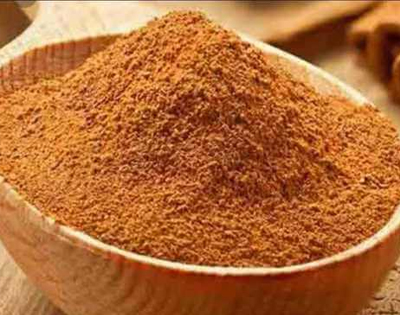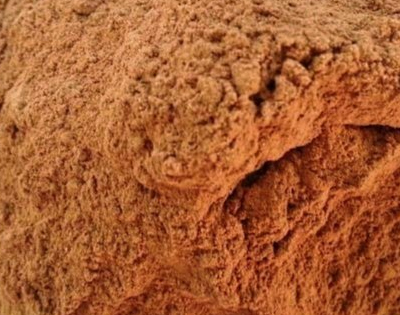Coconut Shell Products


Coconut Shell
The biomass purpose for coconut shell has been replaced by palm kernel shell and other commodity such as EFB pellet. Most of the coconut will go through “Drum method” to yield coconut shell charcoal. Coconut shell also can go through grinding process to powder form for manufacture granular activated carbon.
Main Application of Coconut Shell
Coconut shell has 2 major applications apart from biomass purpose, namely coconut shell charcoal and granular activated carbon. The porous structure of coconut shell charcoal has become a good source of trapping the bad smell from the environment. The granular activated carbon even used in water filtration system. Coconut shell powder is another used of coconut shell. The coconut shell will be grind and sieve for achieving certain finest criteria. Coconut shell powder is an critical organic additive for improve properties characteristic, mosquito coil.
Specification of Coconut Shell
Coconut shell is the raw shell substance. It is chopped and broken in pieces.
- Moisture: 15%
- Ash Content: 4-5%
- Calorific Value: 3500-4000kcal/kg
Packaging of Coconut Shell
The coconut shell will come in raw form without additional packaging.
Advantage of Coconut Shell
Coconut shell becomes scarcity commodity. Currently most of the coconut shell has used as activated carbon for filtration.
Malaysia is one of the main coconut crop plantation and coconut shell supply country. DST is located in strategic location that we have become one of the key coconut supplier in Malaysia. Kindly write to DSTfor any inquiry about coconut shell needs.
Coconut Shell Charcoal
Shell Charcoal is an important product obtained from coconut shell. Shell charcoal is used widely as domestic and industrial fuel. It is also used by blacksmiths and goldsmiths and in laundries. Shell Charcoal is also used to produce activated carbon. Activated Carbon produced from coconut shell has certain specific advantages as the raw material can adsorb certain molecular species. Shell is carbonized by using methods like pit method, drum method, destructive distillation etc. The shell charcoal is the raw material required for the manufacture of activated carbon. The shell charcoal is manufactured by burning shells of fully matured nuts in limited supply of air sufficient only for carbonisation, but not for complete destruction. The output of charcoal in the traditional pith method is just below 30 per cent of the weight of the original shells. In India the average output in the traditional method has been found to be 35kg of charcoal from 1000 whole shells or about 30,000 whole shells yield 1 tonne of charcoal. Sometimes, especially when the processing is defective, the output is still lower and nearly 50,000 shells are required to produce one tonne of charcoal. To obtain good quality charcoal, fully dried, clean, mature shells should be used. Now several modern methods are in vogue for the production of charcoal. In the modern waste heat recovery unit the heat generated by the burning of coconut shells is used for drying copra and shell charcoal is obtained as by-product. A simple and efficient method adopted for the production of charcoal on cottage scale is given below.
SPECIFICATION OF COCONUT SHELL CHARCOLE
| Fixed carbon | 72% (minimum) |
| Volatile matter | 15% (maximum) |
| Ash | 2 % (maximum) |
| Moisture | 10% (maximum) |
| Size | Not more than 5% shall pass through a 0.63 cm mesh sieve |
| Colour | Uniformly black |


USES OF COCONUT SHELL CHARCOLE
- The demand for coconut shell charcoal (CSC) could go up substantially if its new found uses pick up globally.
- The new found use of coconut shell charcoal in the development of golf courses and the use of coconut shell charcoal briquette in barbecue and poultry raising in Europe could raise its demand globally. Currently, it is used mainly for making activated carbon.
- Coconut shell charcoal is found to be a suitable material in the development of golf courses, according to the Coconut Development Board sources here. In golf courses, a layer of coconut shell charcoal is laid to a certain depth along with sand and other biomass before grass is planted.
- South Korea has already projected a requirement of 1,000 tonnes of coconut shell charcoal for use in the construction of golf courses of international standards in the country. It is planning to develop 15 golf courses this year in the new tourist resort s using coconut shell charcoal. In course of time, a total 45 golf courses are to come up in the area.
- South Korea was a major importer of coconut shell charcoal which was mostly converted into activated carbon. Before the 1997 economic crisis, it imported around 13,000 tonnes of coconut shell charcoal per annum, CDB sources said.
- Besides, in Japan, which absorbed about 40,000 tonnes of coconut shell charcoal mainly for making activated carbon, the use of coconut shell charcoal briquette in the preparation of traditional foods such as ``Sukiyaki'' was becoming more and more popula r, they said.
- The use of coconut shell charcoal briquette in barbecue and poultry raising is becoming popular in Europe also. If this trend continues, the use of coconut shell charcoal could expand rapidly raising its demand significantly. The use of coconut shell cha rcoal in these spheres in India could revive the already dull coconut shell charcoal manufacturing sector here.
- Given the trend in the global market, the demand for coconut shell charcoal and activated carbon is expected to grow by 10 to 15 per cent this year. The total exports of coconut shell charcoal from the Philippines, Sri Lanka and Indonesia is partly estim ated at 46,000 tonnes last year as against 50,281 tonnes in 1998.
- The exports of activated carbon from these countries and Malaysia and Thailand increased to 74,000 tonnes in 1999 from 65,807 tonnes the year before, the sources added.

Activated Carbon
Activated carbon is a non-graphite form of carbon which could be produced from any carbonaceous material such as coal, lignite, wood, paddy husk, coir pith, coconut shell, etc. Activated carbon manufactured from coconut shell is considered superior to those obtained from other sources mainly because of small macropores structure which renders it more effective for the adsorption of gas/vapour and for the removal of colour and odour of compounds.
The activated carbon is extensively used in the refining and bleaching of vegetable oils and chemical solutions, water purification, recovery of solvents and other vapours, recovery of gold, in gas masks for protection against toxic gases, in filters for providing adequate protection against war gases/nuclear fall outs, etc.
Steam activation and chemical activation are the two commonly used processes for the manufacture of activated carbon. However coconut shell based activated carbon units are adopting the steam activation process to produce good quality activated carbon.
| pH Value | 6.5 - 7.5 |
| Methylene Value adsorption mgm / gm | 190 - 350 |
| Adsorption capacity at % by mass (min) | 45 |
| Moisture (max.) | 5% |
| Ash (max) | 5% |
| Hardness | 90 |



